Filter by
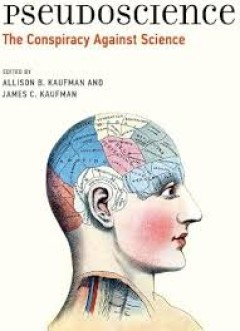
Pseudoscience the conspiracy against science
"In a post-truth, fake news world, we are particularly susceptible to the claims of pseudoscience. When emotions and opinions are more widely disseminated than scientific findings, and self-proclaimed experts get their expertise from Google, how can the average person distinguish real science from fake? This book examines pseudoscience from a variety of perspectives, through case studies, analy…
- Edition
- -
- ISBN/ISSN
- 9780262344814
- Collation
- 1 online resource (xxii, 510 pages) :illustrations
- Series Title
- -
- Call Number
- -
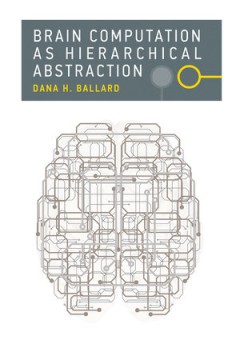
Brain computation as hierarchical abstraction
The vast differences between the brain's neural circuitry and a computer's silicon circuitry might suggest that they have nothing in common. In fact, as Dana Ballard argues in this book, computational tools are essential for understanding brain function. Ballard shows that the hierarchical organisation of the brain has many parallels with the hierarchical organisation of computing; as in silico…
- Edition
- -
- ISBN/ISSN
- 9780262323819
- Collation
- 1 online resource (xiv, 440 pages).
- Series Title
- -
- Call Number
- -
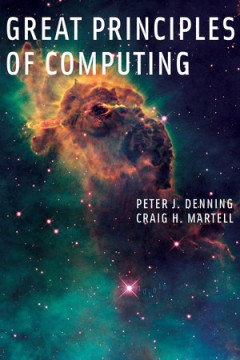
Great principles of computing
A new framework for understanding computing: a coherent set of principles spanning technologies, domains, algorithms, architectures, and designs."Computing is usually viewed as a technology field that advances at the breakneck speed of Moore's Law. If we turn away even for a moment, we might miss a game-changing technological breakthrough or an earthshaking theoretical development. This book ta…
- Edition
- -
- ISBN/ISSN
- 9780262324267
- Collation
- 1 online resource (xviii, 302 pages)
- Series Title
- -
- Call Number
- -
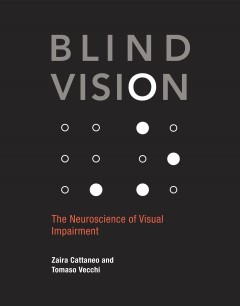
Blind Vision: The Neuroscience of Visual Impairment
Can a blind person see? The very idea seems paradoxical. Here the authors examine the effects of blindness and other types of visual deficit on the development and functioning of the human cognitive system.OCLC-licensed vendor bibliographic record.
- Edition
- -
- ISBN/ISSN
- 9780262295819
- Collation
- 1 online resource (269 pages) :illustrations
- Series Title
- -
- Call Number
- -

The pragmatic turn toward action-oriented views in cognitive science
Cognitive science is experiencing a pragmatic turn away from the traditional representation-centered framework toward a view that focuses on understanding cognition as 'enactive'. This enactive view holds that cognition does not produce models of the world but rather subserves action as it is grounded in sensorimotor skills. In this volume, experts from cognitive science, neuroscience, psycholo…
- Edition
- -
- ISBN/ISSN
- 9780262333290
- Collation
- 1 online resource (xi, 418 pages) :illustrations.
- Series Title
- -
- Call Number
- -
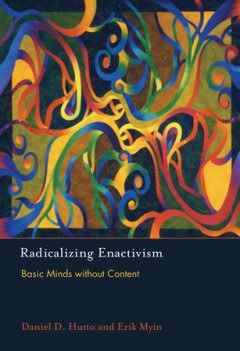
Radicalizing Enactivism: Basic Minds without Content
Hutto and Myin promote the cause of a radically enactive, embodied approach to cognition which holds that some kinds of minds - basic minds - are neither best explained by processes involving the manipulation of contents nor inherently contentful. It opposes the widely endorsed thesis that cognition always and everywhere involves content. The authors defend the counter-thesis that there can be …
- Edition
- -
- ISBN/ISSN
- 0262312174
- Collation
- 1 online resource
- Series Title
- -
- Call Number
- -
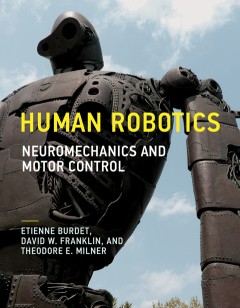
Human robotics :neuromechanics and motor control
This book proposes a transdisciplinary approach to investigating human motor control that synthesizes musculoskeletal biomechanics and neural control. The authors argue that this integrated approach -- which uses the framework of robotics to understand sensorimotor control problems -- offers a more complete and accurate description than either a purely neural computational approach or a purely …
- Edition
- -
- ISBN/ISSN
- 9780262314817
- Collation
- 1 online resource (xii, 277 pages) :illustrations
- Series Title
- -
- Call Number
- -
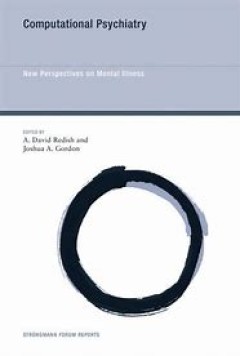
Computational Psychiatry: New Perspectives on Mental Illness
Psychiatrists and neuroscientists discuss the potential of computational approaches to address problems in psychiatry including diagnosis, treatment, and integration with neurobiology."Modern psychiatry is at a crossroads, as it attempts to balance neurological analysis with psychological assessment. Computational neuroscience offers a new lens through which to view such thorny issues as diagno…
- Edition
- -
- ISBN/ISSN
- 9780262337854
- Collation
- 1 online resource.
- Series Title
- -
- Call Number
- -

What Is Cognitive Science?
A Bradford book."OCLC-licensed vendor bibliographic record.
- Edition
- -
- ISBN/ISSN
- 9780262285629
- Collation
- 1 online resource (x, 466 pages) :illustrations
- Series Title
- -
- Call Number
- -
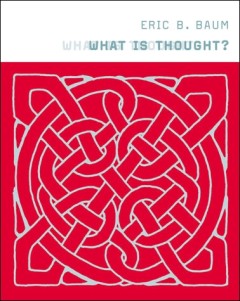
What Is Thought?
Bradford Books.In What Is Thought? Eric Baum proposes a computational explanation of thought. Just as Erwin Schrodinger in his classic 1944 work What Is Life? argued ten years before the discovery of DNA that life must be explainable at a fundamental level by physics and chemistry, Baum contends that the present-day inability of computer science to explain thought and meaning is no reason to do…
- Edition
- -
- ISBN/ISSN
- 9780262310574
- Collation
- 1 online resource (495 pages)
- Series Title
- -
- Call Number
- -
 Computer Science, Information & General Works
Computer Science, Information & General Works  Philosophy & Psychology
Philosophy & Psychology  Religion
Religion  Social Sciences
Social Sciences  Language
Language  Pure Science
Pure Science  Applied Sciences
Applied Sciences  Art & Recreation
Art & Recreation  Literature
Literature  History & Geography
History & Geography